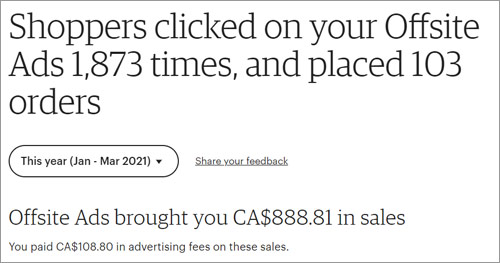
Have you ever wondered about Etsy advertising? I’ve been selling on Etsy for 14 years, but I’ve never looked into paying for Etsy ads until now. Read on to hear about my Etsy advertising experiment (and maybe save yourself some money on Etsy ads…) I’m testing out a few new automated marketing options this year, […]




















